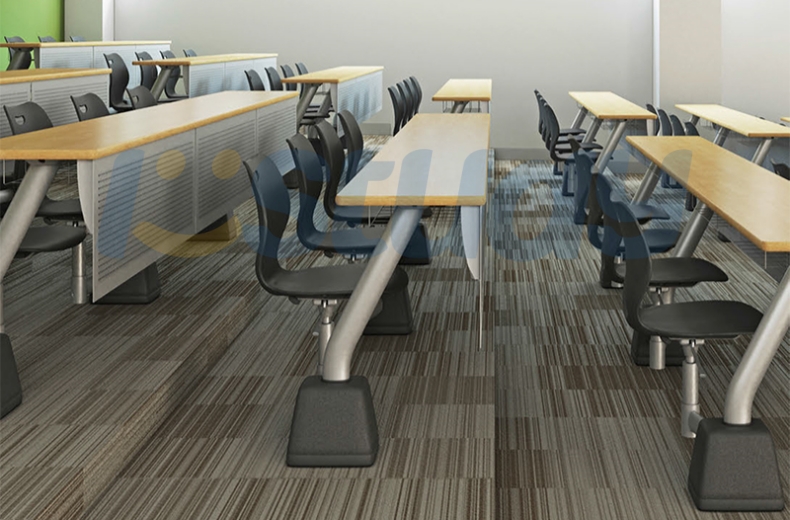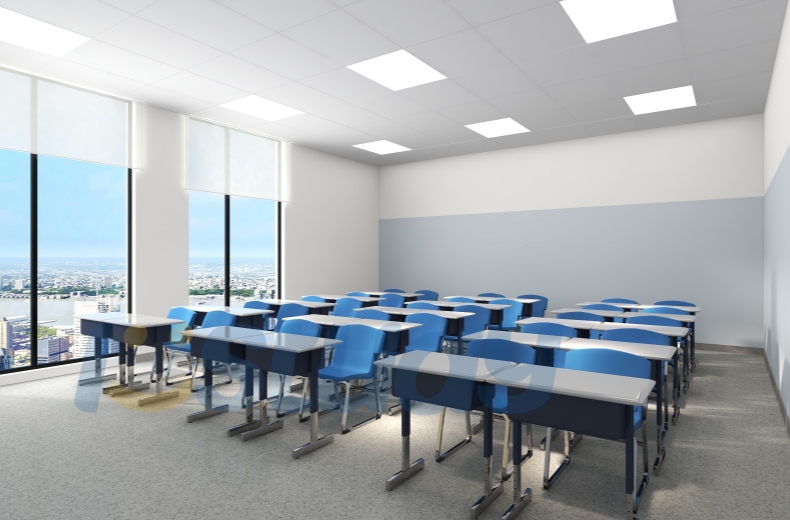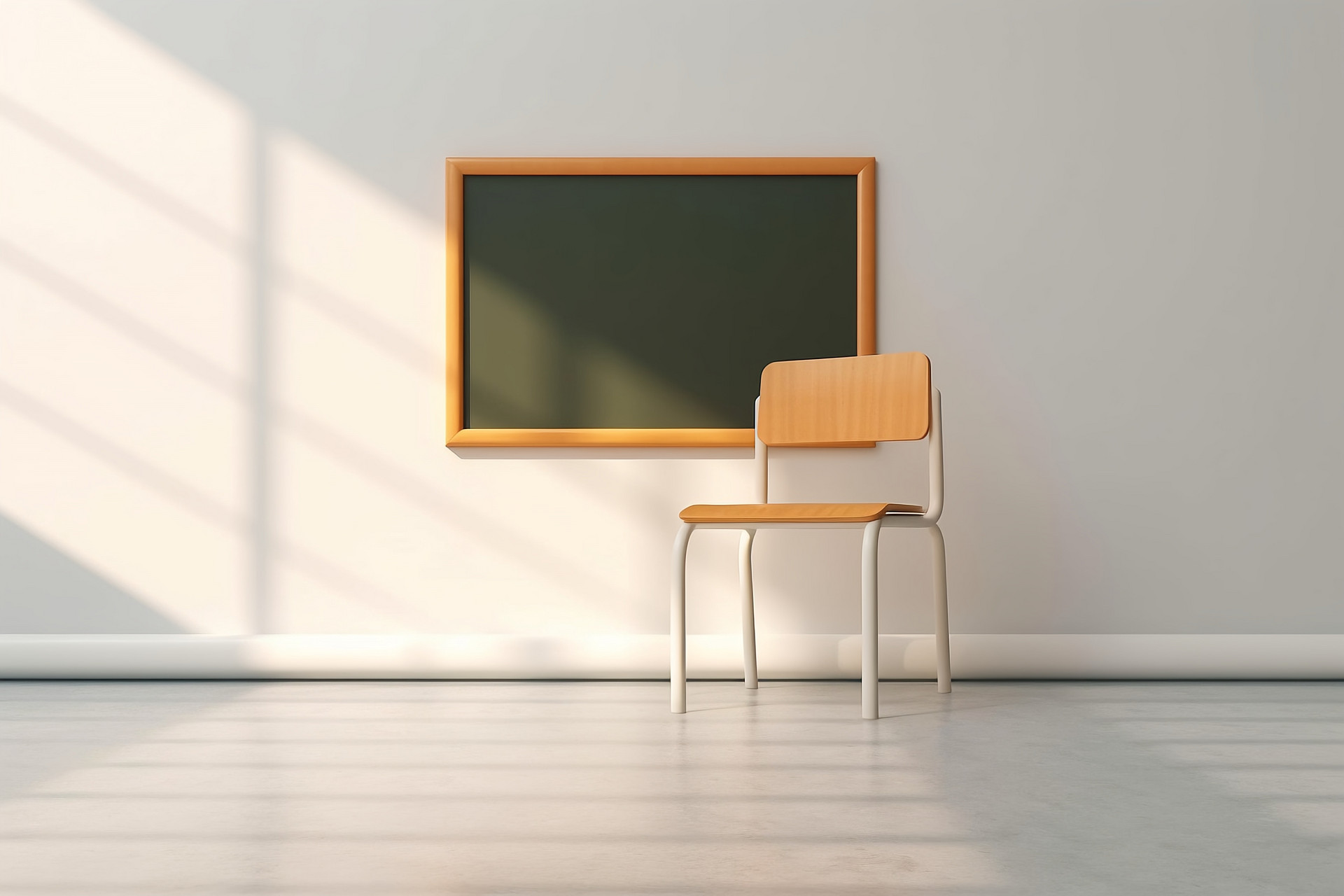Whether or not students can personalize their desks depends on the policies of the individual school or school district. Here are some considerations and potential guidelines for allowing desk personalization:

Potential Benefits of Personalization
1. Increased Engagement: Allowing students to personalize their desks can make them feel more connected to their learning environment.
2. Creativity and Expression: Personalization encourages creativity and self-expression, which can be beneficial for student development.
3. Ownership and Responsibility: When students personalize their desks, they may take better care of them, feeling a sense of ownership and responsibility.
Common Methods of Personalization
1. Removable Decorations: Students can use items like stickers, name tags, and small decorations that can be easily removed at the end of the year.
2. Desk Organizers: Students can use personalized desk organizers, pencil holders, or trays to keep their supplies in order.
3. Custom Covers: Fabric or plastic covers that can be placed over the desk surface can be decorated without permanently altering the desk.
Implementing Personalization
To implement a personalization policy, schools can follow these steps:
1. Develop a Policy: Create a written policy outlining what is allowed and what is not, including examples of acceptable personalization methods.
2. Communicate with Students and Parents: Inform students and their parents about the policy, including the benefits and limitations of desk personalization.
3. Provide Examples: Show examples of appropriate desk personalization to give students ideas and set clear expectations.
4. Monitor and Adjust: Regularly monitor the personalization efforts and make adjustments to the policy as needed based on feedback and observed issues.

Alternatives to Personalization
If a school prefers not to allow individual desk personalization, it can offer other ways for students to express themselves, such as:
1. Personalized School Supplies: Allowing students to use personalized notebooks, folders, and other supplies.
2. Classroom Decoration Projects: Engaging students in decorating the classroom as a whole, with bulletin boards or collaborative art projects.
3. Assigned Personal Spaces: Providing cubbies, lockers, or personal storage areas where students can keep their personalized items.
Schools can create a balanced approach that allows for student personalization while maintaining a respectful and functional learning environment.
Istudy will continue to uphold the concept of "care, attention, professionalism, and innovation" and strive to become a leader in global children's learning desks and chairs.If you are interested, please feel free to contact us.

